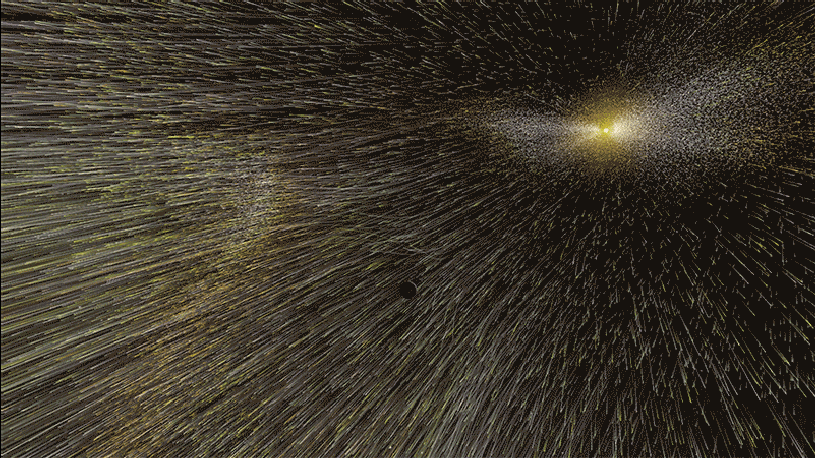The notion of space being silent can be attributed to the common misconception that sound requires a medium to propagate, such as air or water.
The notion of space being silent can be attributed to the common misconception that sound requires a medium to propagate, such as air or water. However, space is not a complete void; it contains various forms of matter, including particles, gases, and electromagnetic fields, which can produce and transmit sound. This essay delves into the emerging field of space acoustics, unraveling the secrets of the cosmic soundscape.
The Sources of Sound in Space:
Stellar Symphony:
Stars are not just luminous objects but also produce a symphony of sounds. Stellar vibrations and oscillations generate acoustic waves, resulting in celestial harmonies that can be detected and studied.
Stellar Winds:
Stellar winds, produced by the expulsion of particles and gases from stars, create sound waves as they interact with the interstellar medium. These waves produce eerie, ethereal sounds.
Galactic Choruses:
Galactic centers are teeming with activity, emitting various electromagnetic waves, including radio waves, which can be converted into sound. The collective emission from billions of stars and celestial bodies generates captivating galactic choruses.
Cosmic Explosions:
Supernovae, gamma-ray bursts, and other cosmic explosions release immense amounts of energy, generating shockwaves that can be converted into sound. These cataclysmic events provide thunderous notes in the cosmic score.
The Challenges of Detection:
Instrumentation:
Traditional microphones cannot operate in the vacuum of space, necessitating the development of specialized instruments to capture cosmic sounds. Scientists have deployed sensitive space-based telescopes, such as the Hubble Space Telescope and the Chandra X-ray Observatory, equipped with instruments capable of capturing electromagnetic waves across the spectrum.
Data Interpretation:
Converting electromagnetic waves into audible sound requires complex algorithms and processing techniques. Scientists employ spectrograms, sonification methods, and data sonification techniques to translate cosmic data into comprehensible audio representations.
Discoveries and Implications
Understanding Stellar Physics:
By analyzing the sounds emitted by stars, scientists gain valuable insights into their internal structures, composition, and evolutionary processes. Stellar acoustics provide a unique tool for probing the mysteries of these celestial giants.
Mapping the Universe:
The ability to convert cosmic data into sound opens up new possibilities for understanding and visualizing the universe. Sonification techniques allow us to explore the cosmos through our ears, complementing traditional visual observations and enhancing our understanding of astronomical phenomena.
Astrobiology and Exoplanets:
The study of cosmic sounds has implications for the search for extraterrestrial life. Analyzing the acoustic signatures of exoplanets may help identify potentially habitable worlds and detect signs of life beyond Earth.






